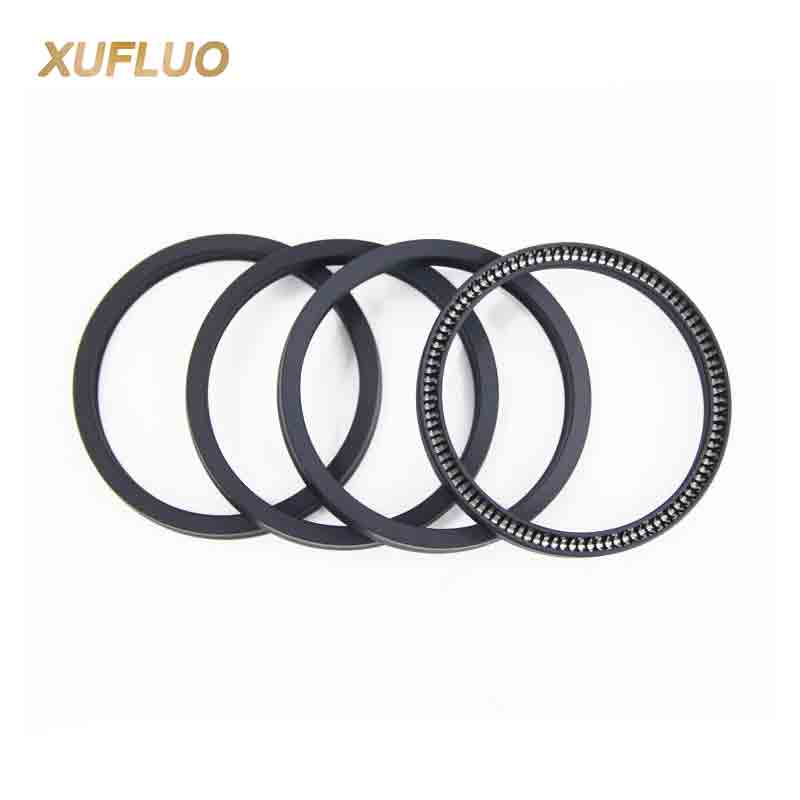Spring-Energized Seals

Spring-Energized Seals
Spring-Energized Seal is a composite sealing element consisting of a sealing ring made from high-performance thermoplastic materials (such as PTFE, PEEK, UPE, PCTFE, etc.) combined with a metallic spring. Its core feature lies in utilizing the spring to provide continuous radial or axial preload, ensuring that the sealing lip remains in close contact with the sealing surface. This allows the seal to maintain stable performance under extreme conditions such as high temperature, corrosion, high pressure, cryogenic temperatures, lack of lubrication, low friction, strong corrosive media, or vacuum. Compared with conventional rubber products, spring-energized seals offer superior sealing capability and service life.
Main characteristic
- Strong Self-Compensation: The spring provides constant elastic compensation, automatically compensating for wear and misalignment.
- Extreme Environment Resistance: Wide operating temperature range (-200℃ ~ +300℃), capable of withstanding high pressure, vacuum, and cryogenic conditions.
- Excellent Chemical Resistance: Outer materials such as PTFE, PEEK, UPE, and PCTFE provide resistance to nearly all chemical media.
- Vacuum & High-Pressure Performance: Maintains reliable sealing under ultra-high vacuum or pressures above 100 MPa.
- Low Friction: Low running resistance, suitable for high-speed and high-frequency reciprocating motion, avoiding stick-slip issues.
- Long Service Life: Non-aging, offering long-term stability far beyond conventional rubber seals.
- Multiple Design Options: Available in various configurations such as V-spring, H-spring, and C-spring designs.
Typical application
- Aerospace: Sealing solutions for fuel, hydraulics, and engine components.
- Oil & Gas: Drilling tools, valves, pumps, and compressors.
- Semiconductor Equipment: Etching machines, CVD, PVD, and ultra-high vacuum chambers.
- Pharmaceutical & Food Industry: Equipment requiring high cleanliness and resistance to CIP/SIP cleaning processes.
- Cryogenic Engineering: Liquid nitrogen, liquid helium transport and storage systems.